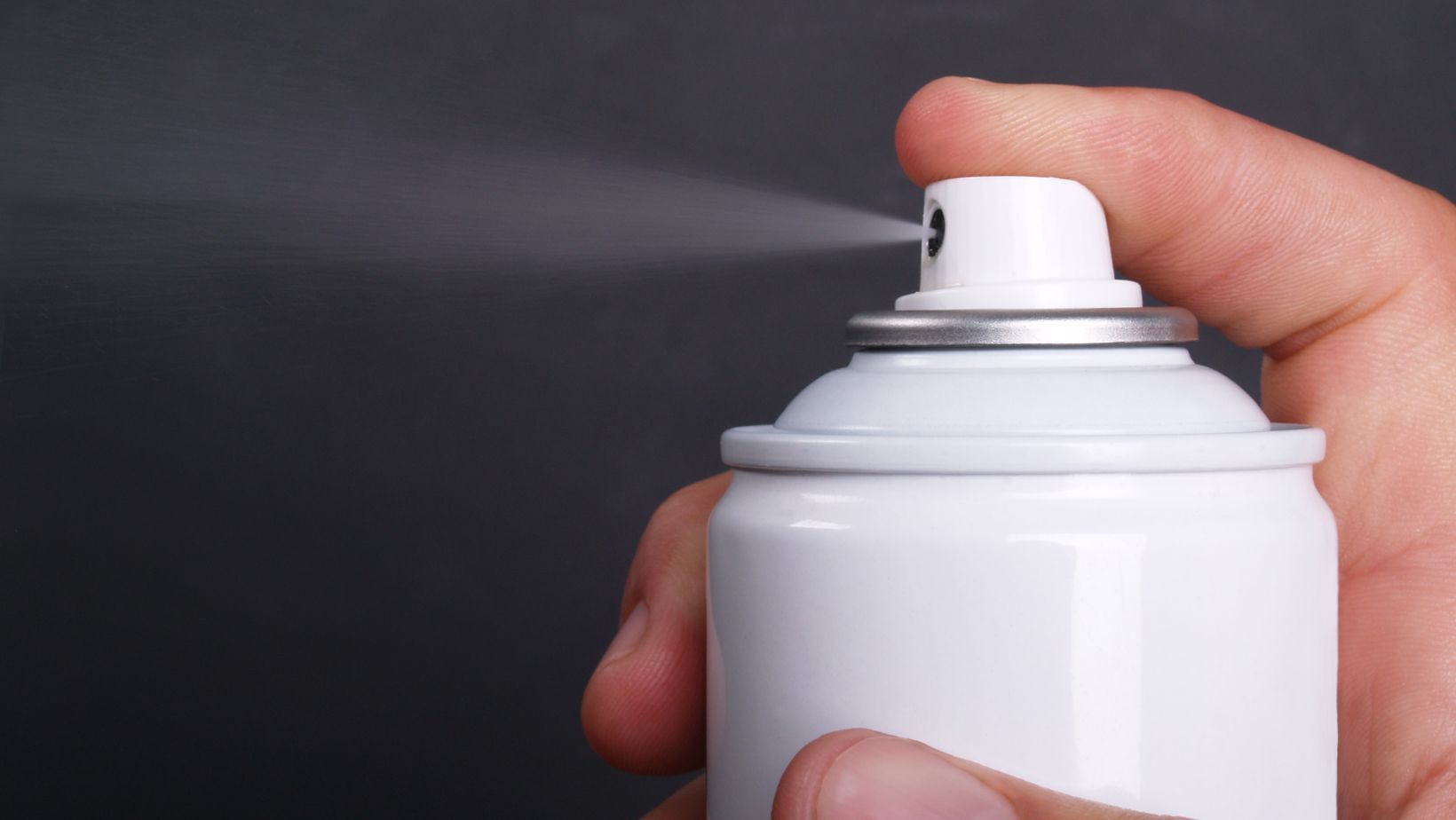Surprising Insights into Aerosol Spray and Aerosol Actuator for Everyday Cooking

Learn about cooking oil spray, aerosol sprays, and aerosol actuators. Discover how they work together to make your cooking experience more efficient and enjoyable.
When it comes to preparing meals in a quick and efficient manner, one essential tool that many people overlook is cooking oil spray. This convenient product has transformed the way we cook, providing a fine mist of oil that helps to reduce mess and control the amount of oil used. But what exactly makes this simple kitchen tool so effective? The answer lies in the combination of aerosol spray technology and aerosol actuators, which play a key role in ensuring smooth and precise delivery of oil. In this article, we will dive into the world of cooking oil sprays, their components, and how understanding these technologies can make a difference in your kitchen.
What is an Aerosol Spray?
An aerosol spray is a system that delivers a substance in the form of a fine mist or spray, typically using pressurized gas to force the substance through a nozzle. The key advantage of this system is its ability to create a uniform, consistent spray that can cover large areas evenly. Aerosol sprays are used in various industries, but one of the most popular uses is in cooking oil sprays. These sprays allow you to apply a thin layer of oil to pans, baking sheets, or even food without using excessive amounts.
The mechanism behind an aerosol spray is quite simple. Inside the can, the oil is mixed with a propellant gas. When the nozzle is pressed, the pressurized gas pushes the oil out through the nozzle, turning it into a fine mist. This is where the aerosol actuator comes into play.
Understanding Aerosol Actuators
The aerosol actuator is the component responsible for controlling the release of the aerosol spray. It is a small, often overlooked part, but it is essential for regulating the flow of the product. The actuator is usually made of plastic and features a nozzle or valve that directs the spray. The actuator works by opening the valve when pressure is applied, allowing the oil and propellant to exit the can.

The design of the actuator ensures a consistent flow, making it possible to control how much oil is dispensed at any given time.
How Aerosol Sprays and Actuators Work Together in Cooking Oil Sprays
The combination of aerosol spray technology and a well-designed aerosol actuator is what makes cooking oil sprays so effective. The aerosol spray allows for a fine mist of oil to be applied quickly and evenly, while the actuator ensures that the spray is controlled and precise. This is especially useful when cooking, as you can easily coat pans or baking sheets without the mess of pouring oil directly from a bottle. Additionally, the fine mist ensures that the oil is spread evenly, reducing the risk of using too much oil.
Moreover, the aerosol spray system is designed to be safe and efficient. The cans are typically made of aluminum or steel, which are lightweight yet durable materials. The actuator is engineered to handle the pressure inside the can, allowing it to be used multiple times without failure.
Practical Tips for Using Aerosol Cooking Oil Sprays
Cooking oil sprays can be incredibly useful, but there are some tips and tricks to get the most out of them. Here are a few expert recommendations:
- Keep the can upright: To ensure an even spray, it’s important to keep the can upright while using it. Tilting the can too much can result in an uneven flow or cause the propellant to run out before the oil is fully dispensed.
- Use short bursts: Instead of continuously spraying, use short bursts to control the amount of oil dispensed. This will help you avoid over-applying oil, which can result in greasy food.
- Store the can properly: To prolong the life of the can, store it in a cool, dry place. Avoid leaving it in direct sunlight or near heat sources, as excessive heat can damage the actuator and affect the spray performance.
- Clean the nozzle: If the nozzle becomes clogged, it can affect the spray pattern. Clean the nozzle regularly by holding the can upside down and spraying until the nozzle clears.
Frequently Asked Questions (FAQ)
1. What is the difference between aerosol spray and aerosol actuator?
An aerosol spray refers to the system that delivers the substance in a mist form, while the aerosol actuator is the component responsible for releasing the spray from the can. The actuator controls the flow of the spray, ensuring it is dispensed in a controlled and consistent manner.
2. Can I use any type of cooking oil in an aerosol spray can?
Not all oils are suitable for aerosol spray cans. Cooking oils with a higher viscosity (thickness) may not spray evenly. It’s important to use oils that are specifically designed for aerosol sprays, as they are formulated to work well with the propellants used in the can.
3. How do I know when my cooking oil spray is empty?
When your aerosol spray can starts to feel lighter and the spray becomes inconsistent, it’s a sign that the oil is running low. You may also notice that the spray is not as fine as it used to be.
4. Are aerosol cooking oil sprays safe to use on non-stick cookware?
Yes, aerosol cooking oil sprays are generally safe to use on non-stick cookware. However, be sure to follow the manufacturer’s guidelines and avoid excessive application, as some sprays can leave a residue that may affect the non-stick surface over time.
5. Can I refill an aerosol cooking oil can?
It is not recommended to refill aerosol cans due to safety concerns. Aerosol cans are pressurized, and refilling them can cause malfunction or even explosions if not done correctly. Always use a new can when the previous one is empty.
6. Can aerosol cooking oil sprays be used for baking?
Yes, aerosol cooking oil sprays are perfect for baking. They help prevent food from sticking to baking sheets, pans, and molds, making cleanup much easier.
7. How long does an aerosol cooking oil can last?
The shelf life of an aerosol cooking oil can varies depending on the type of oil and how it is stored. Generally, it can last up to a year if stored properly in a cool, dry place.
8. Can I use aerosol cooking oil sprays for grilling?
Yes, aerosol cooking oil sprays are great for grilling as well. They help prevent food from sticking to the grill and allow for even cooking. Just make sure to spray the grill grates before preheating the grill.
9. Are there any environmental concerns with aerosol cooking oil sprays?
Most aerosol cooking oil cans are made from recyclable materials like aluminum. However, it’s important to check local recycling guidelines to ensure proper disposal.

Additionally, using natural propellants instead of harmful chemicals can reduce the environmental impact.
10. Can I use aerosol cooking oil sprays for frying food?
Aerosol cooking oil sprays can be used for frying, but they are typically best suited for shallow frying. For deep frying, it’s better to use a larger amount of oil in a fryer to ensure the oil maintains a consistent temperature.
Conclusion
Understanding how aerosol sprays and aerosol actuators work can enhance your cooking experience. Whether you are using cooking oil sprays for sautéing, baking, grilling, or frying, these technologies offer precise control over oil application, leading to better meals and less waste. By following the tips and tricks shared in this article, you’ll be able to make the most of this efficient kitchen tool. With a few simple adjustments, you can master the art of cooking with aerosol spray and actuator technology!




